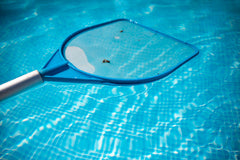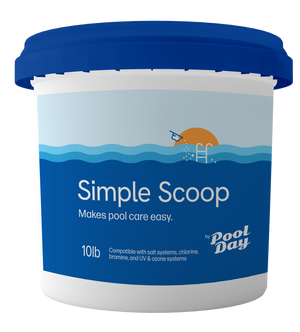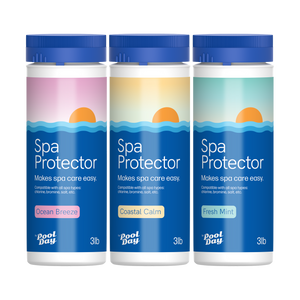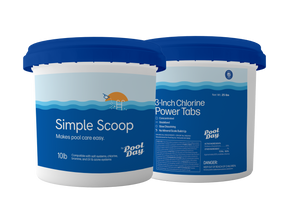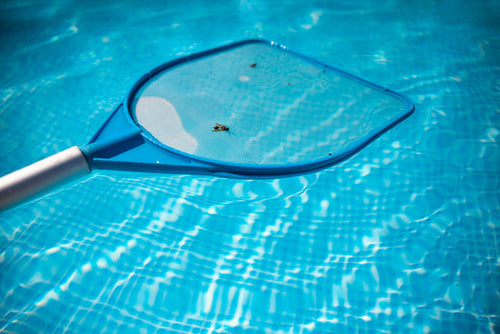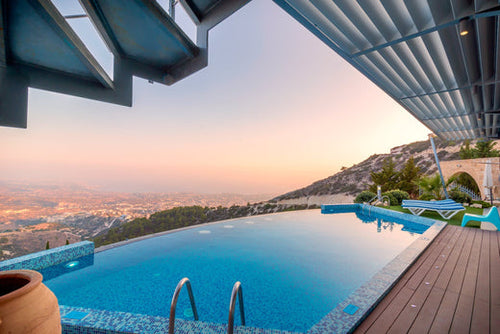What Are Chloramines, and What Should I Do About Them?
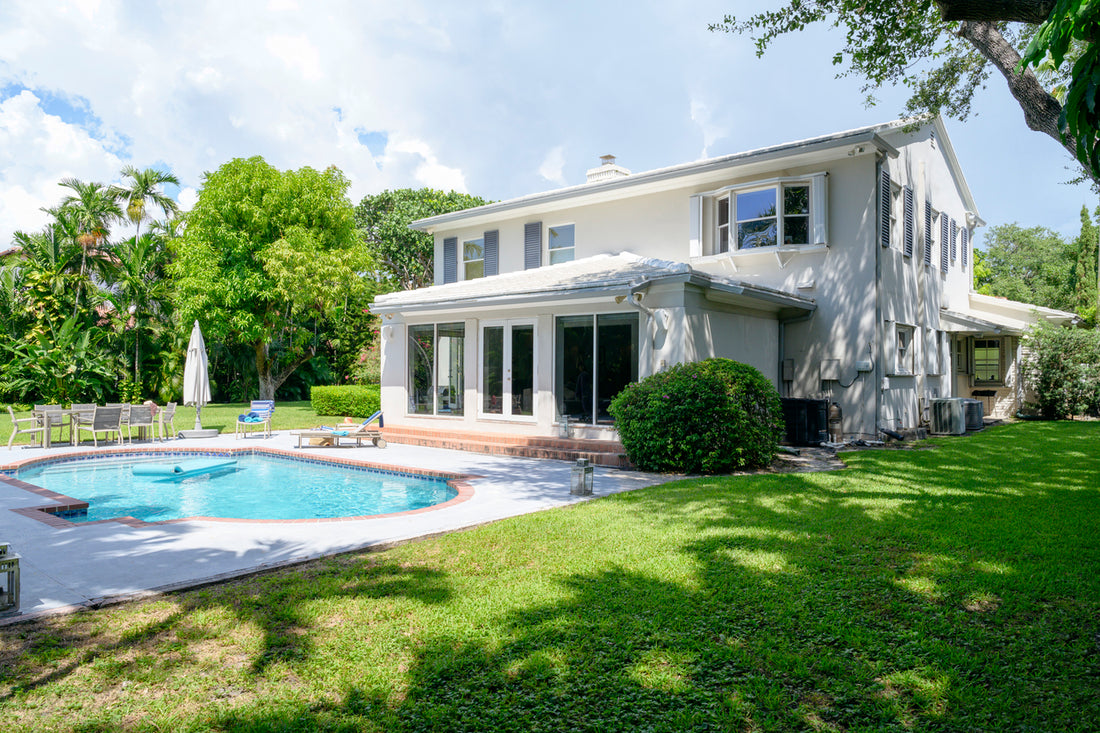
Chloramines are the sneaky little compounds that can turn your pool party into a less-than-fun experience. While they may sound like something out of a sci-fi movie, they’re actually formed when chlorine, the superhero of pool sanitation, teams up with ammonia or organic nitrogen compounds. Let’s dive into what chloramines are, how they form in your pool, and, most importantly, how to kick them to the curb!
What Are Chloramines?
Chloramines are a group of chemical compounds that arise when chlorine reacts with ammonia. This can happen in various water systems, including your backyard pool. They come in three flavors: monochloramine, dichloramine, and trichloramine, with trichloramine being the most notorious for causing that pungent “chlorine smell” and irritating your eyes and skin. While chloramines can help with disinfection, they are less effective than free chlorine at killing germs, which is why they can be a problem in swimming pools.
How Do Chloramines Form in Pools?
Picture this: a sunny day, friends splashing around, and everyone having a great time. But wait! Every time someone jumps into the pool, they bring along organic substances like sweat, body oils, and even cosmetics. These organic nitrogen compounds are the real culprits that react with chlorine to form chloramines.
When the chlorine in your pool water meets these compounds, it’s like a chemistry experiment gone wrong. Instead of keeping the pool water crystal clear and germ-free, chlorine gets tied up in a less effective form, leaving behind chloramines. This not only reduces the disinfecting power of the sanitizer (like chlorine) in your pool, but also creates an unpleasant swimming environment.
What Should You Do About Chloramines?
Now that you know what chloramines are and how they form, let’s talk about how to deal with these pesky compounds.
1. Maintain Proper Chlorine Levels
First and foremost, keep an eye on your chlorine levels. Regularly test your pool water to ensure that free chlorine levels are within the recommended range (typically 1-3 ppm). If you find that chloramines are building up, you may need to “shock” your pool with a higher dose of chlorine to break down the chloramines and restore balance.
2. Encourage Good Pool Hygiene
A little pre-swim etiquette can go a long way. Encourage swimmers to shower before diving in. This simple act can significantly reduce the amount of organic matter entering the pool, thereby minimizing chloramine formation. Think of it as a friendly reminder to keep the pool clean and enjoyable for everyone!
3. Invest in Quality Filtration
Make sure your pool’s filtration system is up to par. High-quality filters can effectively remove organic nitrogen compounds from the water, reducing the chances of chloramines forming. Regular maintenance, such as backwashing and replacing filter media, is key to keeping your pool water sparkling clean.
4. Consider Alternatives
If chloramines are a persistent problem, you might want to explore alternative sanitation methods, such as saltwater systems or UV purification. These options can help reduce the reliance on traditional chlorine, thus minimizing chloramine formation.
Chloramines may be a common issue in pool maintenance, but with a little knowledge and proactive management (like using Simple Scoop weekly!), you can keep them at bay. By maintaining proper chlorine levels, promoting good hygiene practices, investing in quality filtration, and considering alternative sanitation methods, you can ensure that your pool remains a refreshing oasis rather than a chloramine-infested swamp. So, grab your goggles, and let’s keep that pool party going strong!



